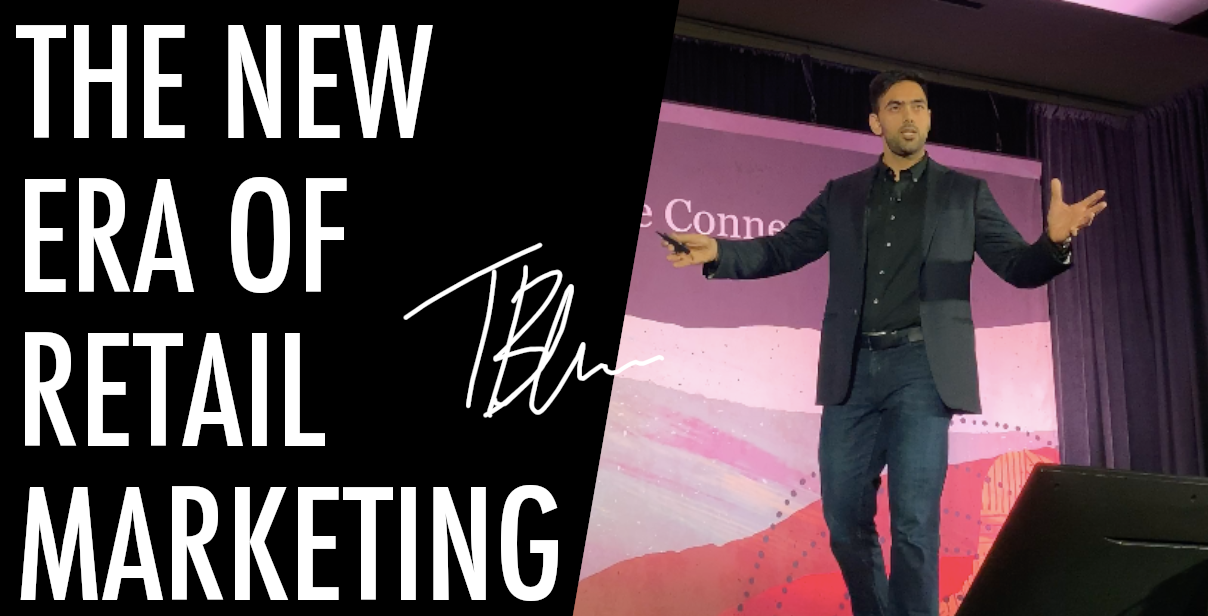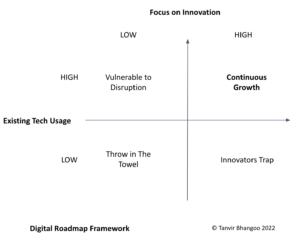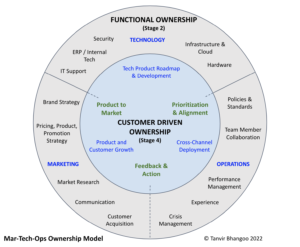This is a repost from an article originally posted on DX3 Canada Blog
The advances in technology from 3g to 4g, and now to LTE have resulted in elevated consumer expectations; once we as consumers experience a heightened level of service, we begin to accept it as the new normal.
Rising consumer expectations on convenience, speed, and availability have led traditional retail businesses to accelerate their digital transformation journeys over the past few years. These changes were primarily driven by the introduction of new technology and disruptive startups. With the recent economic downturn, some brands have raised the bar even higher through industry-leading digital experiences. Brands will need to play at a much higher-level post COVID-19, creating an opportunity for existing or new brands to capitalize on.
This article discusses three key pillars that are a must for retail brands looking to accelerate growth in 2021 and beyond. These three pillars are:
1- New digital sales channels
2- (Social) Marketing as a core competency
3- Mar-Tech-Ops hybrid team structure
1. Retail brands must maximize digital channels
With the introduction of various tech platforms and social channels, direct to consumer startups have been very successful at stealing market share from traditional retail businesses. Direct to consumers brands are able to sell high volumes of product while keeping overheads low and directly connecting with the end consumer.
What enables this type of business model is a brand’s ability to tap into numerous digital channels while removing any friction points. For example, a sneaker company can now disrupt the market by selling and collecting payments online via Instagram ads, while removing unnecessary steps along the value chain; it allows them to be closer to the end consumer. This has created a very low barrier to entry for newer and smaller brands with lots of market share up for grabs. Similarly, big retailers must think like a startup when it comes to sales and marketing. This means identifying new sales channels (Instagram, 3rd parties, web) with a direct to consumer approach, and being prominent on all major platforms. The reality is that brands must invest in the capability and execution of playing in this space or otherwise face the risk of extinction. This also includes identifying key partnerships to assist with any gaps, including last-mile delivery/ fulfillment, manufacturing, or other profitable partner platforms.
2. Retail brands must become marketing companies
Retail brands must also shift media dollars towards owned and paid digital/social channels. This includes leveraging web, online communities, social channels, and paid ad funnels, amongst others. Why? The competitive advantage that most brands have is not the product anymore, given it is easy to replicate products and to tap into existing supply chains and distribution channels. What will differentiate brands moving forward is their ability to connect with the consumers.
Good marketing means connecting with your end consumer on a personal level, hence the reason why brands create “personas.” Digital and social marketing if done right, allow just that.
Also, brands must use the channels where the consumers hang out. If that includes online communities or social apps, then investing in internal capabilities to leverage these platforms will provide a much higher ROI than mass T.V. buys.
Digital marketing channels also allow brands to lower the cost of acquisition given the ability to hyper-target the customer via demographic, geographic, and psychographic interests. In other words, create higher consumer lifetime value, and enable marketing spend that goes much further than a macro approach
3. Marketing, Technology, and Operations must become one
For retail brands that have a big physical footprint, focusing on marketing alone will not work. There is an online experience that must be enhanced, and physical stores must (1) become an extension of that online experience and (2) be in lockstep with the entire customer journey from consideration to repeat purchases.
Marketing must drive the top of the funnel growth and technology and operations must provide the foundations and processes to service guests with convenience and zero friction. One way brands can do this is to first have the right talent and capabilities within the teams that are digital-first and aligned with the new business model. Then, brands need to build a team structure that allows for a hybrid approach of these three functions. In other words, a new task force that consists of marketing, technology, and store operations with minimal bureaucracy and high autonomy. This will ensure the entire value chain is connected throughout, from marketing to in-store experience, and also allow for faster execution vs. a traditional department-led approach.
In summary, the retail industry is at a turning point and 2021 will bring a bucket of opportunities for brands that are willing to prepare. This includes tapping into new digital channels, investing in social and digital marketing, and re-aligning internal teams to connect marketing, operations, and technology.
Remember to check out my QB video series here! And my Podcast here




